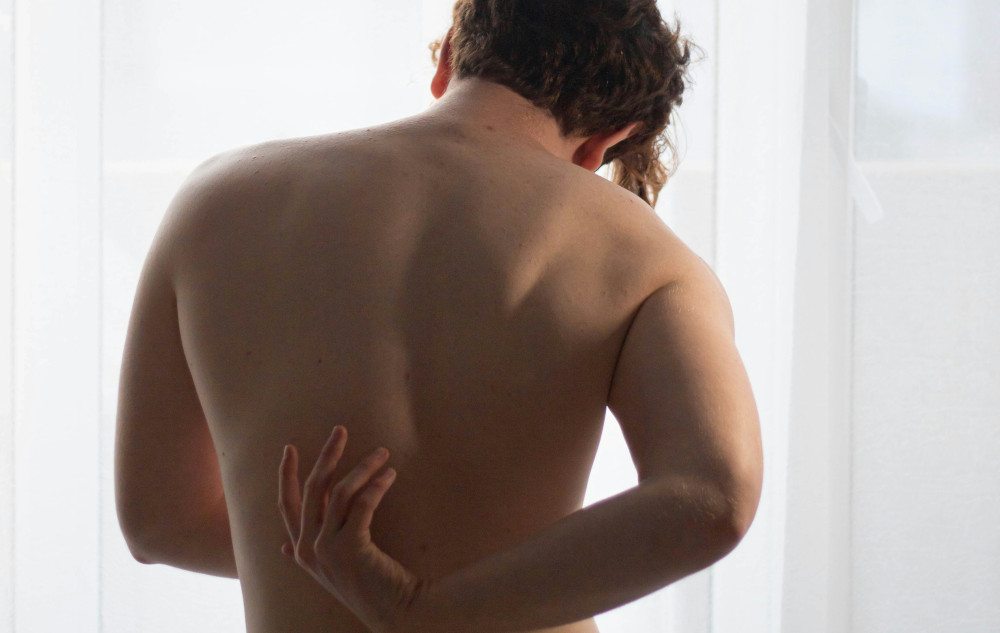
Physiotherapy may not be an easy solution for a slipped disc, but it can provide practical help if done correctly. This article will discuss different types of disc injuries, the symptoms that a herniated disc causes, and exercises and massage methods for recovering from this problem. It’s essential to know how physiotherapy for a slipped disc works when you have this condition.
Types of Disc Injuries and What to Do for Them
Disc injuries can have various levels of seriousness, and it’s essential to understand the different treatment methods. The most frequent disc injuries are:
- Bulging Disc: This happens when the disc pops out of its typical limit but has not torn. A bulging disc may create pain, particularly if it pushes on nearby nerves.
- Herniated Disc: Commonly known as a slipped disc, this happens when the inside jelly-like part comes out and irritates nearby nerves. It can cause severe pain and needs to be treated quickly.
- Degenerative Disc Disease: This is not a disease but more like a condition where discs lose their flexibility and ability to cushion over time. It can result in long-term pain and other issues.
Physiotherapy can be a game-changer for people who have these disc injuries. “Physio for slipped disc” refers to treatment that helps lessen pain, improve movement, and stop more injuries from happening. Custom physiotherapy treatment services may include hands-on therapy, exercises, and lifestyle modification suggestions.
Symptoms Caused by a Herniated Disc
Recognizing the symptoms caused by a herniated disc can assist in identifying the problem in its early stages and seeking suitable treatment. Some typical symptoms are:
- Pain: Depending on where and how bad the herniation is, it can be a little bothersome or very painful. Disc injuries in the lowest part of your back tend to cause pain spreading down your legs, which people call sciatica.
- Numbness and Tingling: A herniated disc pressing on a nerve might cause numbness or tingling in the affected body part. Depending on where the disk has shifted, this is typically experienced in the legs, feet, or arms.
- Weakness: Another symptom of a herniated disc is muscle weakness. This might affect one’s ability to lift or carry things and result in instability of balance.
If you have any symptoms, you must seek physiotherapy for slipped discs in our Alliston or Tottenham physio clinics. This can prevent the condition from getting worse and assist with faster function recovery.
Exercises for a Herniated Disk
Specific exercises help to strengthen the muscles near the spine and ease pressure on the involved disc. The suggested exercises are:
McKenzie Extension Exercises: These exercises extend the spine, which helps relieve disc pressure and decrease pain. A typical McKenzie extension exercise involves lying down with your face towards the floor and slowly lifting your upper body while ensuring that your hips touch the ground.
- Pelvic Tilts: This exercise strengthens your lower back and abdominal muscles. Lie down on your back, bend your knees, and gently tilt the pelvis upwards, flattening your lower back against the floor. Hold for a few moments before relaxing it again.
- Bridge Exercise: A bridge exercise can be helpful for individuals who have disc injuries in the lower back. You do this by lying on your back, bending your knees, and then lifting your hips towards the ceiling. Hold this position for a few seconds before lowering it again.
- Gentle Stretching: Stretching exercises, like the hamstring stretch, can help relieve stiffness in your lower back and legs. Do these slowly and avoid any that cause pain.
Talk to a physiotherapist first; they can help you understand if these exercises are safe and sound for your condition.
Causes of a Herniated Disc and Bulging Disc
To help prevent a herniated disc and a bulging disc, it is helpful to understand what commonly causes these injuries. Common reasons include:
- Bad Posture: Slouching or sitting in bad posture for a long time can put extra pressure on your spine and hurt the discs.
- Heavy Lifting: Improper lifting methods, especially when dealing with heavy objects, can create unexpected strain on the spine and lead to a herniated or bulging disc. Always apply correct body movements while lifting heavy items.
- Age-related Degeneration: As time passes, the spinal discs lose their hydration and flexibility as part of the natural aging process, which makes them more prone to damage.
- Repetitive Strain: Continuous twisting or bending movements, such as those done in various activities, can raise the chance of disc injuries.
If any of these issues are causing a herniated disc or bulging disc, then going for physiotherapy treatment could help you learn methods to handle the situation and stop additional harm.
Massage Techniques for Bulging Disc
Massage treatment can be a helpful supplementary therapy for a bulging disc, aiding in lessening muscle tightness and enhancing blood flow. Some suggested types of massage are:
- Deep Tissue Massage: This method is for getting to the deeper muscle layers and connectives; it can help with long-lasting pain linked to disc injuries.
- Myofascial Release: This soft method concentrates on easing tightness within the fascia, the tissue that connects muscles. It may assist in lowering pain and enhancing movement ability.
- Swedish Massage: This method is softer and can help the muscles become less tense, boosting blood circulation, which aids in the area’s recovery.
If you are dealing with a slipped disc and want relief, contact South Simcoe Physiotherapy, located in Alliston and Tottenham. Our team of professionals has considerable experience and can offer individualized physiotherapy treatment methods that incorporate exercises, hands-on therapy, and distinct massage techniques that match your requirements. No more holding back because of a slipped disc—contact us now to discover more about how physiotherapy for a slipped disc can assist in your recovery journey for a better quality of life.
